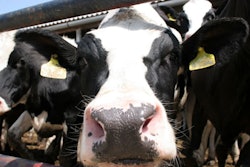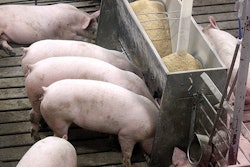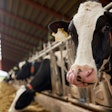
Now that we have analyzed the major issue of trusting others to control 60 percent of your costs, we can discuss the perils of doing so yourself.
In many parts of the world – and this is one of the sad benefits of being an international nutrition consultant – animal producers simply do not trust their nutrition suppliers. This is a fact and remains so despite the pass of generations on either side of the fence. Therefore, in such areas, making your own feeds (either from scratch or by using minimal premixed products) is the norm even when designing a brand new farm. This ensures you know what your animals eat, assuming you know what you are doing. You may trust that you mixed your feed correctly, but can you trust that your formulas are correct?
In my opinion, the major peril of making your own feeds is that of cost. Yes, nutrition suppliers charge margins that often appear unreasonable, but this is because you compare them with ingredient costs. Manufacturing costs are something on-farm mixers often fail to factor into their calculations, and this is wrong. Another cost is that of keeping abreast of technology or, in other words, making sure your formulas are the right ones.
But the major problem, in my experience, is ingredient cost. Perhaps you can buy corn and soy (or any other major ingredient) at a bargain price once or twice, but unless you can command large volumes constantly, you cannot beat a 100-wagon train full of grain or a shipload full of soybean meal. This is what major feed mills do, and they do it constantly. And, even if you produce your own grains and/or soybeans (or other major ingredients), you still lose big when you buy the minor ingredients. You pay a different price for a pallet of L-lysine HCl compared with a container full of it. Here, we assume the nutrition supplier is reasonable and uses the scale of economy afforded to set his margins. We will ignore those who end up bankrupting their own clients.
Making feed is a business in itself. If your farm is big enough to command volumes that justify making feed in-house, then you have a second business at hand. If not, and you must make your own feeds, calculate your costs correctly and try to minimize the losses by finding trustworthy people who can provide you with premixed packages at reasonable prices and quality. Above all, try to work with people who understand that their livelihood depends on you being profitable and in business for the long run.


















